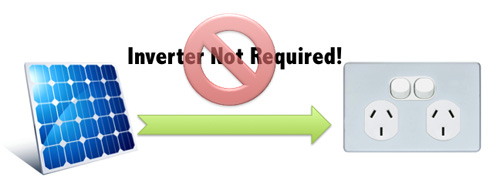Will 2012 be the year of the AC Solar Panel?
Before answering that question I should probably explain exactly what an AC Solar Panel is…
What is an AC Solar Panel?
The short answer is: An AC Solar Panel is a solar panel that takes sunlight in and spits AC (Alternating Current) electricity out. This compares to a “conventional” DC Solar Panel which takes sunlight in and spits DC (Direct Current) electricity out.
AC Electricity is the type of electricity you need to power the appliances in your home. DC panels need a Solar Inverter to convert the DC electricity to AC. The big advantage of AC panels is that there is no need for an inverter to do that conversion, so you have a really simple design, a simpler installation, and adding extra panels becomes almost plug and play.


 RSS - Posts
RSS - Posts



Currently Raging Debates: